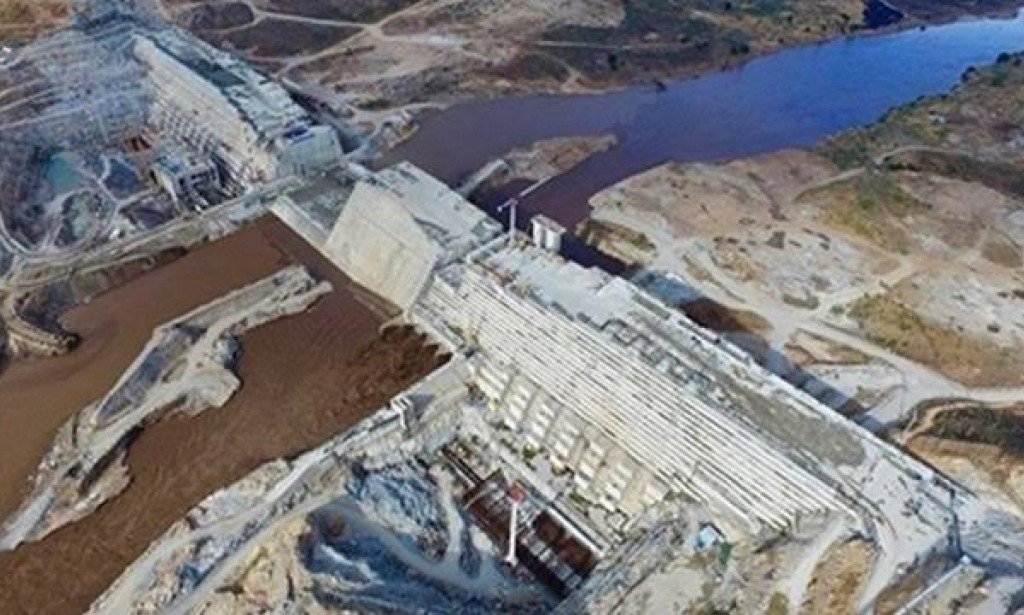Ethiopian Renaissance Dam and why Egypt ?(1)
The Nile Basin countries were formerly colonies of foreign countries and then these countries gained their independence, and the first agreements to divide the Nile waters appeared in 1902 in Addis Ababa and were held between Britain as a representative of Egypt, Sudan and Ethiopia, and stipulated not to establish any projects, whether on the Blue Nile, or Lake Tana And the Sobat River, then an agreement appeared between Britain and France in 1906, and another agreement appeared in 1929. This agreement includes the recognition of the basin countries’ share of Egypt’s acquired Nile waters, and that Egypt has the right to object in case these countries establish new projects on the river and its tributaries .
This agreement was between Egypt and Britain, which represented Kenya, Tanzania, Sudan and Uganda) to organize Egypt's benefit from Lake Victoria.7.7% of the influx was allocated to Sudan and 92.3% to Egypt .
During the reign of Emperor Haile Selassie, the US Bureau of Reclamation determined between 1956 and 1964 the final location of the Grand Ethiopian Renaissance Dam on the Blue Nile, but due to the 1974 military coup the project was halted.
Between October 2009 and August 2010 the Ethiopian government surveyed the dam site, and in November 2010 The design of the dam has been developed.
One day after the project was officially announced on March 31, 2011, the American company We Build was awarded a $4.8 billion contract without competitive bidding.
On April 2, 2011, Meles Zenawi, then Ethiopian Prime Minister, laid the foundation stone for the project. A rock crushing plant was established next to a rapid transit air sector, was expected to operate the first power-generation turbine after 44 months of construction.
Egypt objected to the construction of the dam, which is more than 2500 km away from it, due to fears that the dam would reduce the amount of its share of the Nile water, Meles Zenawi disputed what Egypt said based on an unknown study that said that the dam would not reduce the amount of water in the river. Rather, it will regulate the amount of water needed for irrigation, and in May 2011 it was announced that Ethiopia would share the design of the dam with Egypt, and thus Egypt would study the impact of the dam on the downstream.
At first, the dam was called "Project X", and after it was announced, it was called the Millennium Dam, and on April 15, 2011 the Ethiopian Cabinet renamed it the Grand Ethiopian Renaissance Dam. Ethiopia has the capacity to produce 45 gigawatts of hydropower. The dam is funded through government bonds and private donations, and was scheduled to be completed in July 2017.
There is intense regional debate about the potential impacts of the dam.
The government of Egypt, a country that relies heavily on the waters of the Nile, demanded that Ethiopia stop building the dam as a precondition for starting negotiations. It also sought regional support for its positions, and some political leaders discussed ways to sabotage the dam, and that was during the era of President Mohamed Morsi.
Egypt planned a diplomatic initiative to undermine the dam’s support in the region as well as in other countries that support the project, such as China and Italy, however, other countries in the Nile Basin Initiative, including Sudan, expressed their support for the dam, and Sudan accused Egypt of inflaming the situation.
Ethiopia denies that the dam will have a negative effect on downstream water flow, and asserts that the dam will in fact increase water flow into Egypt by reducing evaporation in Lake Nasser.
Ethiopia accused Egypt of being irrational in its concerns, and on October 5, 2019
Egypt announced that talks with Sudan and Ethiopia over the Renaissance Dam had reached a dead end.
In November 2019, US Treasury Secretary Steven Mnuchin attempted to begin facilitating negotiations between the three countries.

يجب عليك تسجيل الدخول لتستطيع كتابة تعليق